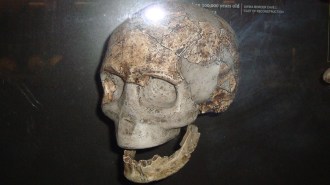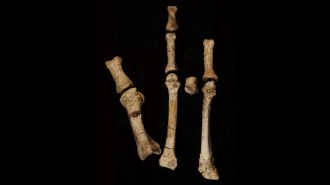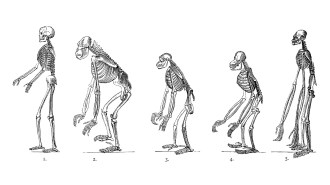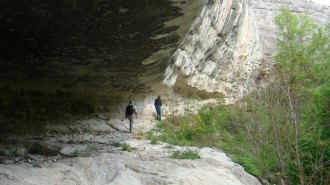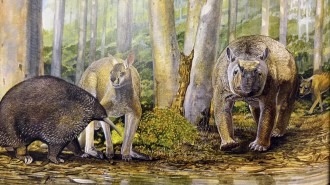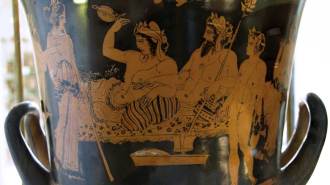Mexican find reveals ancient dental work
Researchers excavating an ancient burial site in west-central Mexico have unearthed a man’s skeleton containing the earliest American example of intentionally modified teeth.
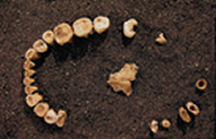
The discovery, announced June 14 by Tricia Gabany-Guerrero of the University of Connecticut in Storrs and her colleagues, dates to between 4,570 and 4,332 years ago.
Although most of the skeleton’s teeth exhibit normal levels of wear, the upper-front teeth were filed down, possibly to make room for a ceremonial denture that would have been fashioned from the palate of an animal such as a wolf or jaguar, Gabany-Guerrero says. “The teeth were filed down so much that the pulp cavities were exposed, leading to an infection,” she notes.
The man held some sort of special status at the time of his death, Gabany-Guerrero adds. He was buried with several valuable obsidian artifacts. Moreover, muscle-attachment surfaces on his bones show no sign of strenuous activity, although he didn’t suffer from any skeletal disorder. Finally, his grave lies in front of a cliff wall covered with ancient rock art.
Other sites in the region, dating to no more than about 3,000 years ago, have yielded evidence of filed teeth and dentures containing turquoise or animal teeth.


